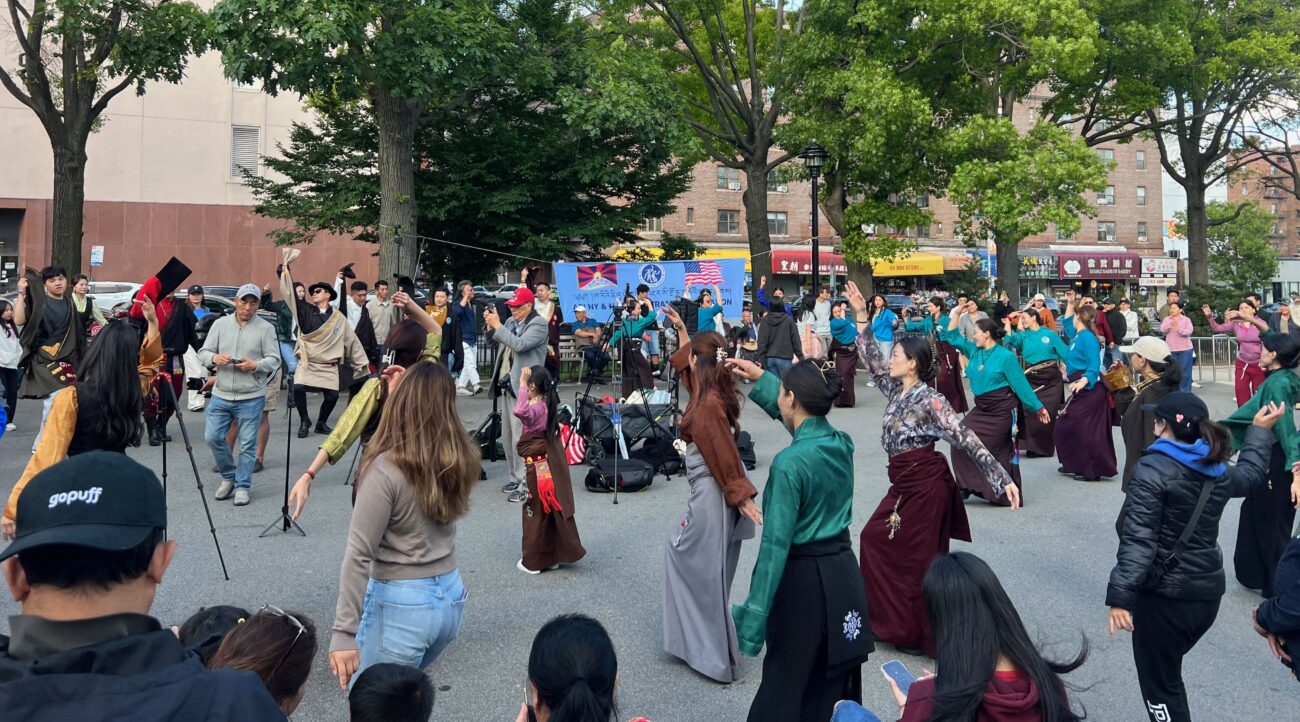
"In July 2025, glacial lake outburst floods on the border of Tibet and Nepal, in the Rasuwa district, killed at least 11 people. Two years earlier, in August 2023, a flash flood in Mustang, a high-altitude region in Nepal, caused an estimated 7.4 million USD in damages. In June 2021, Upper Manang, another remote mountain region, recorded 469% of the average rainfall, triggering flooding that destroyed 59 houses."
"These disasters are increasing outmigration and placing many local languages and traditions at risk. One major hub of resettlement is New York City, where GlacierHub documents efforts by diasporic communities and academic researchers to preserve endangered cultural heritage. These events form part of a broader pattern across the Hindu Kush Himalaya (HKH), a vast mountain region stretching across eight countries, which is highly exposed to climate change impacts. This level of exposure rests in part on the large number of glaciers in the region."
In July 2025 glacial lake outburst floods on the Tibet–Nepal border in Rasuwa district killed at least 11 people. A 2023 flash flood in Mustang caused an estimated $7.4 million in damages, and June 2021 rainfall in Upper Manang reached 469% of average, destroying 59 houses. High mountain communities that host dozens of Indigenous languages face intensifying climate shocks that increase outmigration and threaten local languages and traditions. New York City is a major resettlement hub where diasporic communities and researchers work to preserve endangered cultural heritage. Across the Hindu Kush Himalaya glacial melting accelerated 65% from 2010 to 2019, altering water availability and posing a serious threat to livelihoods.
Read at State of the Planet
Unable to calculate read time
Collection
[
|
...
]